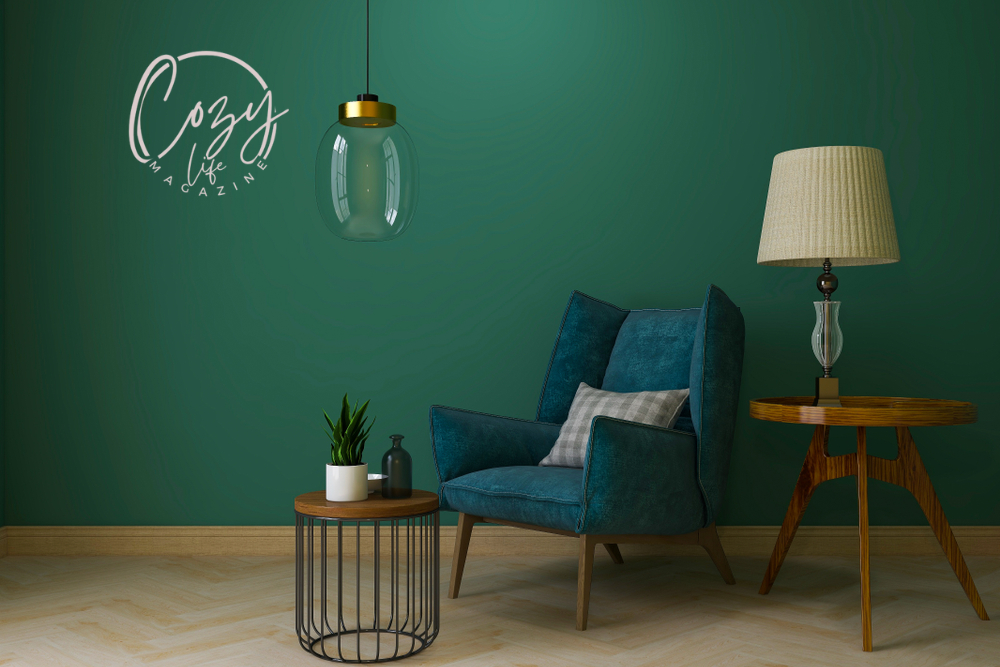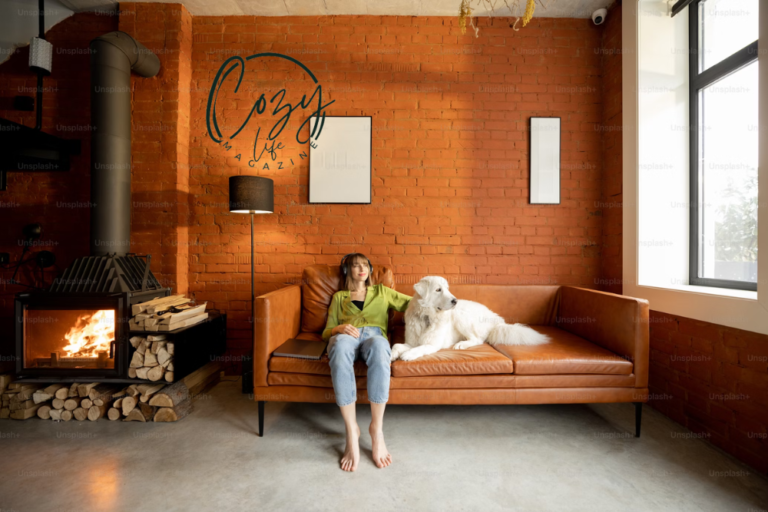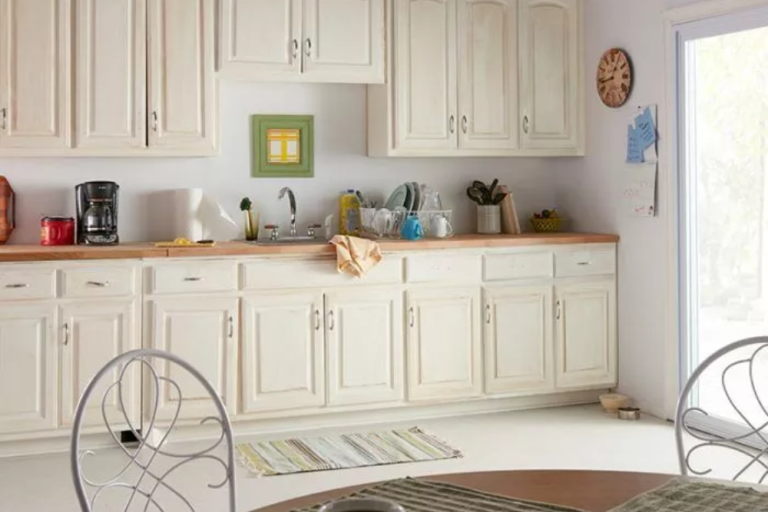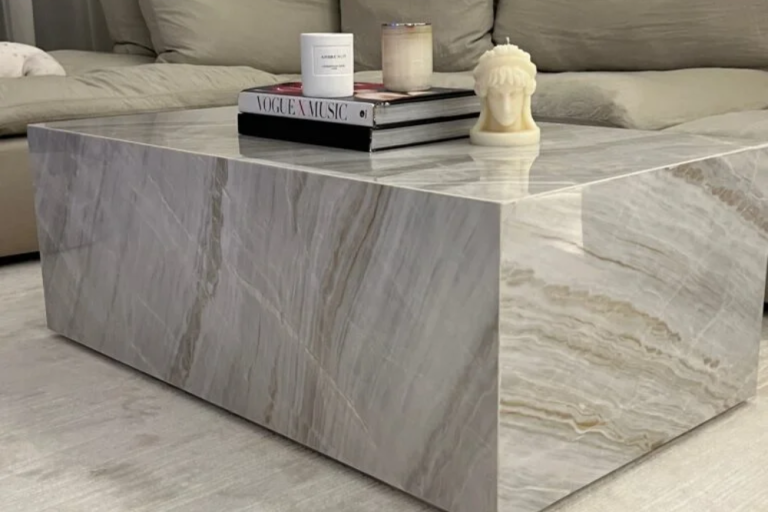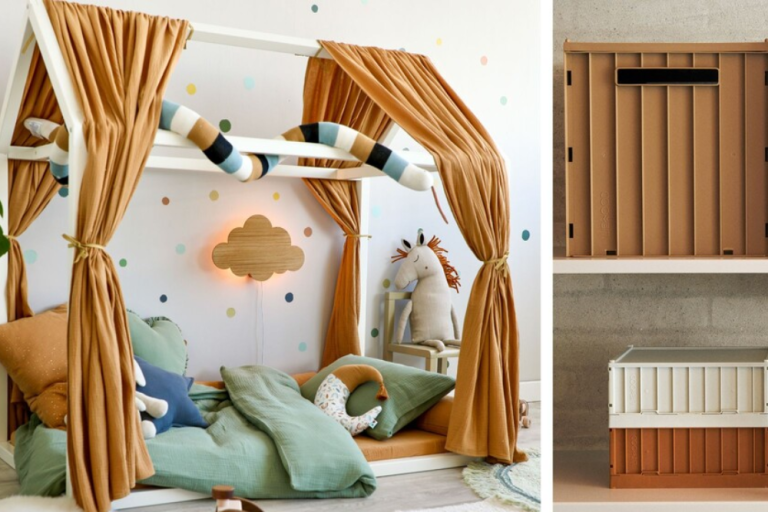How to Use Color and Texture in Your Nook: A Complete Guide
Many people struggle to find a comfortable space in their homes that feels inviting and personal. Often, the challenge is not just about the space itself but how to effectively use color and texture to create a cozy atmosphere. By incorporating thoughtful choices in these areas, you can transform any nook into a warm, welcoming retreat.
Creating a cozy nook is not just about furniture placement; it’s about creating a sensory experience that makes you feel at ease. Choosing the right colors can uplift your mood, while the right textures can provide comfort. By understanding these elements, you can turn a simple corner of your home into a personal oasis that invites relaxation and inspiration.
This guide will help you explore the best practices for selecting colors and textures that will bring warmth and coziness to your nook. From color psychology to textural contrasts, you will learn how to create a harmonious and inviting space that reflects your style and needs.
Understanding Color Psychology
Emotional Effects of Colors
Colors have a profound impact on our emotions and can influence how we feel in a space.
- Warm Colors: Colors like reds, oranges, and yellows can energize a space, making it feel lively and inviting. They can stimulate conversation and make areas feel warmer. However, too much warmth can lead to overstimulation, so it’s best to use these colors in moderation or as accents.
- Cool Colors: Blues, greens, and purples tend to promote relaxation and tranquility, making them ideal for a nook where you want to unwind or read. Soft shades of blue can create a serene environment, reminiscent of calm waters.
- Neutral Colors: Whites, grays, and beiges can create a serene backdrop, allowing for colorful accents. These colors help to keep a space feeling open and airy while serving as a perfect canvas for bolder decor choices.
Cozy Color Palettes
Here are some cozy color palettes to consider when designing your nook:
- Neutrals: Shades like beige, cream, and soft grays create a calming environment that serves as a perfect backdrop for other colors. Consider adding layers of texture to avoid a flat look.
- Earthy Tones: Browns, greens, and terracottas can bring warmth and a sense of connection to nature. These tones are often found in rustic or organic designs and can make your space feel grounded and inviting.
- Soft Accents: Pastels like soft pinks, light blues, and mint greens can add personality without overwhelming the space. Pair these with deeper hues for contrast.
Blending Color Schemes with Home Decor
When selecting colors, consider how they will fit with the rest of your home decor. A cohesive look can be achieved by:
- Using a Color Wheel: Reference a color wheel to find complementary colors that work well together. Complementary colors are opposite each other on the wheel and can create vibrant contrast, while analogous colors (next to each other) can produce a more harmonious look.
- Testing Paint Samples: Before committing to a whole wall, paint small patches in your nook to see how they look at different times of the day.
Selecting Textures for Comfort
Types of Textures
Incorporating various textures can make your nook more inviting. Consider these types:
- Soft Textiles: Fabrics like velvet, chenille, and wool provide a cozy touch. Soft throw pillows and blankets can add a layer of comfort that invites you to curl up and relax.
- Natural Materials: Wood, stone, and bamboo enhance the organic feel of your nook. Wooden shelves or stone accent walls can introduce a rustic charm that makes your nook feel more like a natural retreat.
- Contrasting Textures: Pairing rough materials with soft ones (e.g., a wicker chair with a plush cushion) adds depth and interest. This contrast can create visual excitement and tactile variety.
Textured Fabrics
Opt for a variety of fabrics to create a layered look. Here are some popular options:
- Plush Throw Pillows: Use different shapes and sizes for visual interest and comfort. Choose fabrics like faux fur or chunky knits for added coziness.
- Knit Blankets: Great for texture and warmth, these can be draped over a chair or sofa, inviting you to snuggle in. Its best for crafting nook.
- Area Rugs: A soft rug underfoot can create warmth and define the space. Consider materials like shag or wool for added softness, and ensure the rug’s colors coordinate with your overall palette.
Mixing Textures for Visual and Physical Comfort
Combining different textures can create a layered look that is visually appealing. For example, pair a smooth sofa with knitted blankets and velvet cushions for a cozy vibe. You might also consider:
- Accent Tables: Use a mix of materials—like a metal base with a wooden top—to enhance the textural variety.
- Wall Treatments: Consider adding a textured wall covering, such as grasscloth wallpaper, to introduce visual interest.
Practical Tips for Implementing Color and Texture
Tips for Choosing the Right Colors
- Start Small: If you’re unsure, test colors with paint samples on your wall before committing to a whole room. This allows you to see how the color interacts with lighting throughout the day.
- Consider Lighting: Natural and artificial light can significantly change how colors appear. Always view your samples in the same light in which you’ll be using the space.
- Use Accent Walls: Consider painting one wall a bold color while keeping others neutral for a striking effect without overwhelming the space.
Tips for Selecting Textures
- Feel Before You Buy: When shopping for fabrics, touch and feel them to ensure they meet your comfort needs. Consider how the texture will feel against your skin, especially for pillows and throws.
- Mix and Match: Don’t be afraid to experiment with different fabrics to create a unique look. Combining various textiles can result in a cozy and layered appearance.
- Balance Hard and Soft: Combine hard materials (like wood or metal) with soft fabrics for a balanced aesthetic that feels both inviting and sophisticated.
Checklist for Creating a Cozy Nook
- Select a Color Palette: Choose 3-5 colors that work well together.
- Choose Textures: Pick at least three different textures (e.g., soft, hard, natural).
- Incorporate Lighting: Plan for warm lighting options, such as lamps and candles.
- Add Greenery: Choose a few plants to enhance the natural feel.
- Personal Touches: Include items that reflect your personality, like artwork or books.
Common Mistakes to Avoid
Overusing Bold Colors
While bold colors can be exciting, too much can overwhelm a small space. Use them as accents rather than the main color scheme. For example, a bold red accent chair can pop against a neutral background.
Ignoring Texture
Neglecting texture can lead to a flat, uninviting space. Aim for a mix of textures to create depth and interest. If you opt for smooth surfaces, balance them with soft furnishings to enhance comfort.
Lack of Cohesion
Ensure that your colors and textures work together harmoniously. A jarring mix can detract from the coziness of your nook. Stick to your chosen palette and refer back to it as you make design decisions.
Forgetting Practicality
Choose fabrics that are practical for your lifestyle. If you have pets or children, consider materials that are durable and easy to clean.
FAQs
How do I choose the best colors for my nook?
Consider the mood you want to create, test samples in your space, and ensure they complement your existing decor. For instance, if you want a calming effect, opt for soft blues or greens.
What textures are best for a cozy feel?
Look for plush fabrics like velvet or wool, as well as natural materials like wood and stone. A variety of textures will help to keep your nook feeling inviting and warm.
Can I change my nook’s colors and textures seasonally?
Absolutely! Seasonal changes can refresh your space and keep it feeling vibrant and inviting. You might switch out cushions and throws for lighter fabrics in the summer and cozier options in the winter.
Conclusion
By understanding how to use color and texture effectively, you can create a cozy nook that reflects your personality and invites relaxation. Whether you’re seeking a space for reading, relaxing, or working, these tips will help you design the perfect nook tailored to your needs. Embrace your creativity, experiment with different elements, and enjoy the process of making your nook a true reflection of you!

